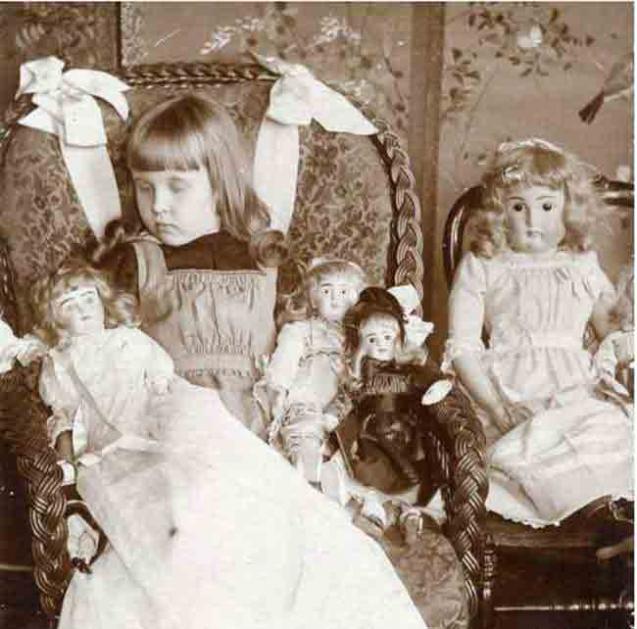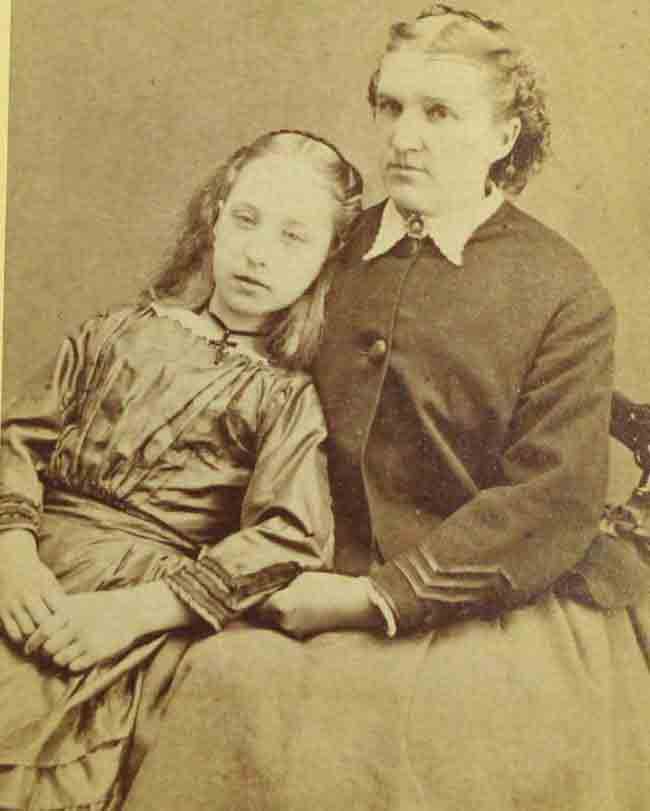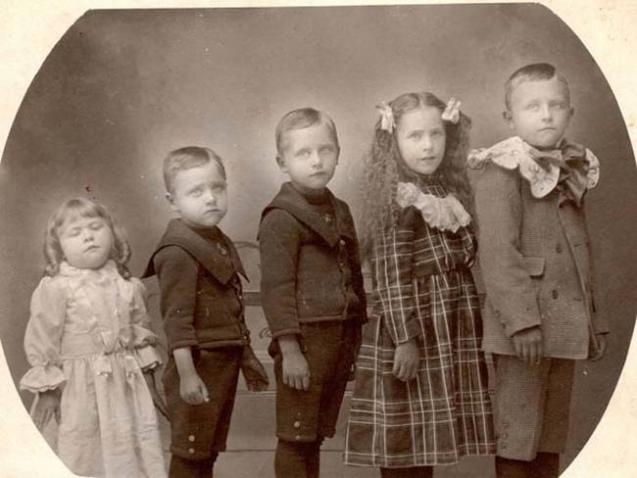The 19th century witnessed the birth of photography. And, before too long, Victorian society found important applications for the new medium — like memorializing the dead. A recent post on a Dutch version of National Geographic notes that “Photographing deceased family members just before their burial was enormously popular in certain Victorian circles in Europe and the United States. Although adults were also photographed, it was mainly children who were commemorated in this way. In a period plagued by unprecedented levels of infant mortality, post-mortem pictures often provided the only tangible memory of the deceased child.”
Though unusual by modern standards, the pictures played an important role in a family’s grieving process and often became one of its cherished possessions — cherished because it was likely the only photo of the deceased child that families had. During the early days of photography, portraits were expensive, which meant that most families didn’t take pictures during the course of everyday life. It was only death that gave them a prompt.
The practice of taking post mortem pictures peaked in the 19th century, right around the time when “snapshot” photography became more prevalent, allowing families to take portraits at a lower cost, when everyone was in the full swing of life. Hence obviating the need for post-mortem photos. You can learn more about this bygone practice by visiting the Burns Archive or getting the book, Sleeping Beauty: Memorial Photography in America.
via Dutch Nat Geo/ Science Dump
Follow Open Culture on Facebook and Twitter and share intelligent media with your friends. Or better yet, sign up for our daily email and get a daily dose of Open Culture in your inbox. And if you want to make sure that our posts definitely appear in your Facebook newsfeed, just follow these simple steps.





It’s absolutely astounding to visit an old cemetery and see how many children used to die, as well as young women, many as a consequence of childbirth.
Makes you think, that maybe the “Good ol Days” weren’t so great and to appreciate what we have, as it can disappear real quick.